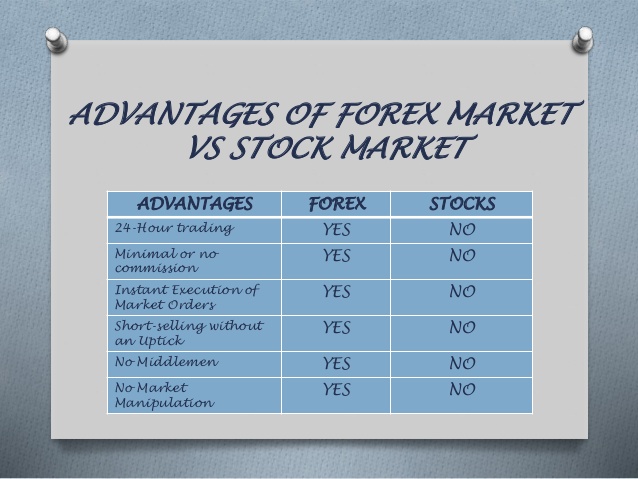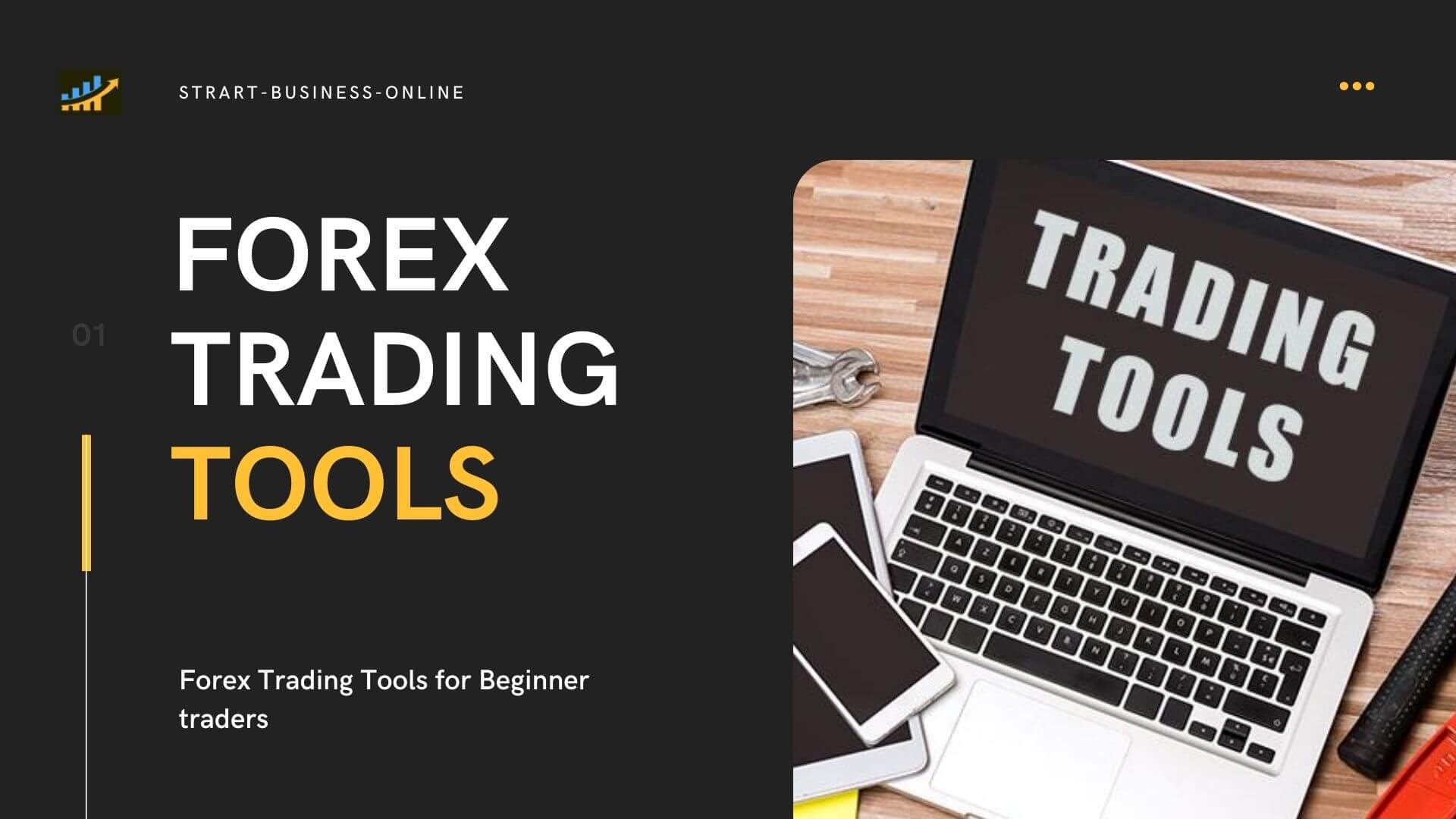
High dividend paying blue chip stocks are a great investment opportunity to grow your wealth. Many blue-chip stocks have a track record of paying high dividends and stable stock prices. They are also well-known brands, have large market shares, and have sound financials. They make a strong addition any portfolio.
Blue chip stocks are well-known for outperforming other stock markets. Many blue chip companies have proven that they can increase their dividends over the long-term, which is good news for shareholders as the economy recovers. They also tend to do better in times of economic booms. Many blue-chip stocks have low volatility which makes them an excellent investment.
It is important to ensure that you are only investing in blue-chip stocks. Many blue chip companies have great growth rates and dividends. However, they might not have large market capital. These stocks are great for small investors looking for stocks that have low risk.

Blue-chip companies are usually market leaders in their respective sectors. It is often included in major stock markets such as the Dow Jones Industrial Average or the S&P 500. It's a good investment for those who are looking for an economic insurance policy.
Look for blue chip stocks with high dividends like Apple, JPMorgan Chase & Co. These companies have been around since the beginning and have a good reputation for paying large amounts of dividends. It is reasonable to expect their stock price to increase over time. Apple has raised its dividend each year since 2013.
It may seem as though you can only make money by paying high dividends. However, there are plenty of other ways to make more money than that. You can either invest your profits in internal growth opportunities or buy other companies. There are limits on the amount of money that a company can invest per year. Companies often find it better to reinvest all their cash in the company. Some companies build a strong economic moat around the operations of their business, which makes them more resistant to competition from smaller firms.
A company's financials and history are key indicators of high dividend stocks. The dividend yield can be used to check if the company is covering its dividends. If the dividend yield is high, it could indicate that the company is paying out a large percentage of its cash flow.

AbbVie and Amgen are other blue-chip stocks that pay high dividends. The first two are pharmaceutical companies while the third is financial services. Amgen is an excellent example. It has a strong track record in dividend growth and was recently added to the Dow Jones Industrial Index.
FAQ
Why are marketable securities Important?
A company that invests in investments is primarily designed to make investors money. It does this through investing its assets in various financial instruments such bonds, stocks, and other securities. These securities are attractive to investors because of their unique characteristics. They may be safe because they are backed with the full faith of the issuer.
What security is considered "marketable" is the most important characteristic. This is the ease at which the security can traded on the stock trade. It is not possible to buy or sell securities that are not marketable. You must obtain them through a broker who charges you a commission.
Marketable securities are government and corporate bonds, preferred stock, common stocks and convertible debentures.
Investment companies invest in these securities because they believe they will generate higher profits than if they invested in more risky securities like equities (shares).
What is a Stock Exchange?
A stock exchange allows companies to sell shares of the company. This allows investors and others to buy shares in the company. The market decides the share price. The market usually determines the price of the share based on what people will pay for it.
The stock exchange also helps companies raise money from investors. Investors give money to help companies grow. Investors buy shares in companies. Companies use their money as capital to expand and fund their businesses.
A stock exchange can have many different types of shares. Some shares are known as ordinary shares. These are most common types of shares. Ordinary shares can be traded on the open markets. Stocks can be traded at prices that are determined according to supply and demand.
Other types of shares include preferred shares and debt securities. When dividends are paid out, preferred shares have priority above other shares. Debt securities are bonds issued by the company which must be repaid.
What are some of the benefits of investing with a mutual-fund?
-
Low cost - Buying shares directly from a company can be expensive. Buying shares through a mutual fund is cheaper.
-
Diversification - most mutual funds contain a variety of different securities. If one type of security drops in value, others will rise.
-
Management by professionals - professional managers ensure that the fund is only investing in securities that meet its objectives.
-
Liquidity - mutual funds offer ready access to cash. You can withdraw money whenever you like.
-
Tax efficiency- Mutual funds can be tax efficient. Because mutual funds are tax efficient, you don’t have to worry much about capital gains or loss until you decide to sell your shares.
-
No transaction costs - no commissions are charged for buying and selling shares.
-
Mutual funds are easy to use. All you need to start a mutual fund is a bank account.
-
Flexibility - you can change your holdings as often as possible without incurring additional fees.
-
Access to information - you can check out what is happening inside the fund and how well it performs.
-
Investment advice – you can ask questions to the fund manager and get their answers.
-
Security - know what kind of security your holdings are.
-
You have control - you can influence the fund's investment decisions.
-
Portfolio tracking - You can track the performance over time of your portfolio.
-
You can withdraw your money easily from the fund.
Disadvantages of investing through mutual funds:
-
Limited investment options - Not all possible investment opportunities are available in a mutual fund.
-
High expense ratio - the expenses associated with owning a share of a mutual fund include brokerage charges, administrative fees, and operating expenses. These expenses will reduce your returns.
-
Insufficient liquidity - Many mutual funds don't accept deposits. These mutual funds must be purchased using cash. This restricts the amount you can invest.
-
Poor customer service. There is no one point that customers can contact to report problems with mutual funds. Instead, you will need to deal with the administrators, brokers, salespeople and fund managers.
-
High risk - You could lose everything if the fund fails.
What is security at the stock market and what does it mean?
Security can be described as an asset that generates income. Most common security type is shares in companies.
One company might issue different types, such as bonds, preferred shares, and common stocks.
The earnings per shared (EPS) as well dividends paid determine the value of the share.
When you buy a share, you own part of the business and have a claim on future profits. You will receive money from the business if it pays dividends.
You can sell shares at any moment.
What's the difference between marketable and non-marketable securities?
Non-marketable securities are less liquid, have lower trading volumes and incur higher transaction costs. Marketable securities on the other side are traded on exchanges so they have greater liquidity as well as trading volume. You also get better price discovery since they trade all the time. But, this is not the only exception. For example, some mutual funds are only open to institutional investors and therefore do not trade on public markets.
Non-marketable security tend to be more risky then marketable. They typically have lower yields than marketable securities and require higher initial capital deposit. Marketable securities are generally safer and easier to deal with than non-marketable ones.
For example, a bond issued in large numbers is more likely to be repaid than a bond issued in small quantities. Because the former has a stronger balance sheet than the latter, the chances of the latter being repaid are higher.
Because of the potential for higher portfolio returns, investors prefer to own marketable securities.
How can someone lose money in stock markets?
The stock market isn't a place where you can make money by selling high and buying low. It's a place you lose money by buying and selling high.
The stock exchange is a great place to invest if you are open to taking on risks. They want to buy stocks at prices they think are too low and sell them when they think they are too high.
They expect to make money from the market's fluctuations. If they aren't careful, they might lose all of their money.
Statistics
- "If all of your money's in one stock, you could potentially lose 50% of it overnight," Moore says. (nerdwallet.com)
- The S&P 500 has grown about 10.5% per year since its establishment in the 1920s. (investopedia.com)
- Individuals with very limited financial experience are either terrified by horror stories of average investors losing 50% of their portfolio value or are beguiled by "hot tips" that bear the promise of huge rewards but seldom pay off. (investopedia.com)
- Our focus on Main Street investors reflects the fact that American households own $38 trillion worth of equities, more than 59 percent of the U.S. equity market either directly or indirectly through mutual funds, retirement accounts, and other investments. (sec.gov)
External Links
How To
How to Trade in Stock Market
Stock trading is a process of buying and selling stocks, bonds, commodities, currencies, derivatives, etc. Trading is French for "trading", which means someone who buys or sells. Traders purchase and sell securities in order make money from the difference between what is paid and what they get. This is the oldest type of financial investment.
There are many options for investing in the stock market. There are three basic types of investing: passive, active, and hybrid. Passive investors watch their investments grow, while actively traded investors look for winning companies to make a profit. Hybrid investors use a combination of these two approaches.
Passive investing is done through index funds that track broad indices like the S&P 500 or Dow Jones Industrial Average, etc. This approach is very popular because it allows you to reap the benefits of diversification without having to deal directly with the risk involved. You can just relax and let your investments do the work.
Active investing involves picking specific companies and analyzing their performance. Active investors will look at things such as earnings growth, return on equity, debt ratios, P/E ratio, cash flow, book value, dividend payout, management team, share price history, etc. They then decide whether they will buy shares or not. If they feel the company is undervalued they will purchase shares in the hope that the price rises. They will wait for the price of the stock to fall if they believe the company has too much value.
Hybrid investing is a combination of passive and active investing. You might choose a fund that tracks multiple stocks but also wish to pick several companies. In this instance, you might put part of your portfolio in passively managed funds and part in active managed funds.